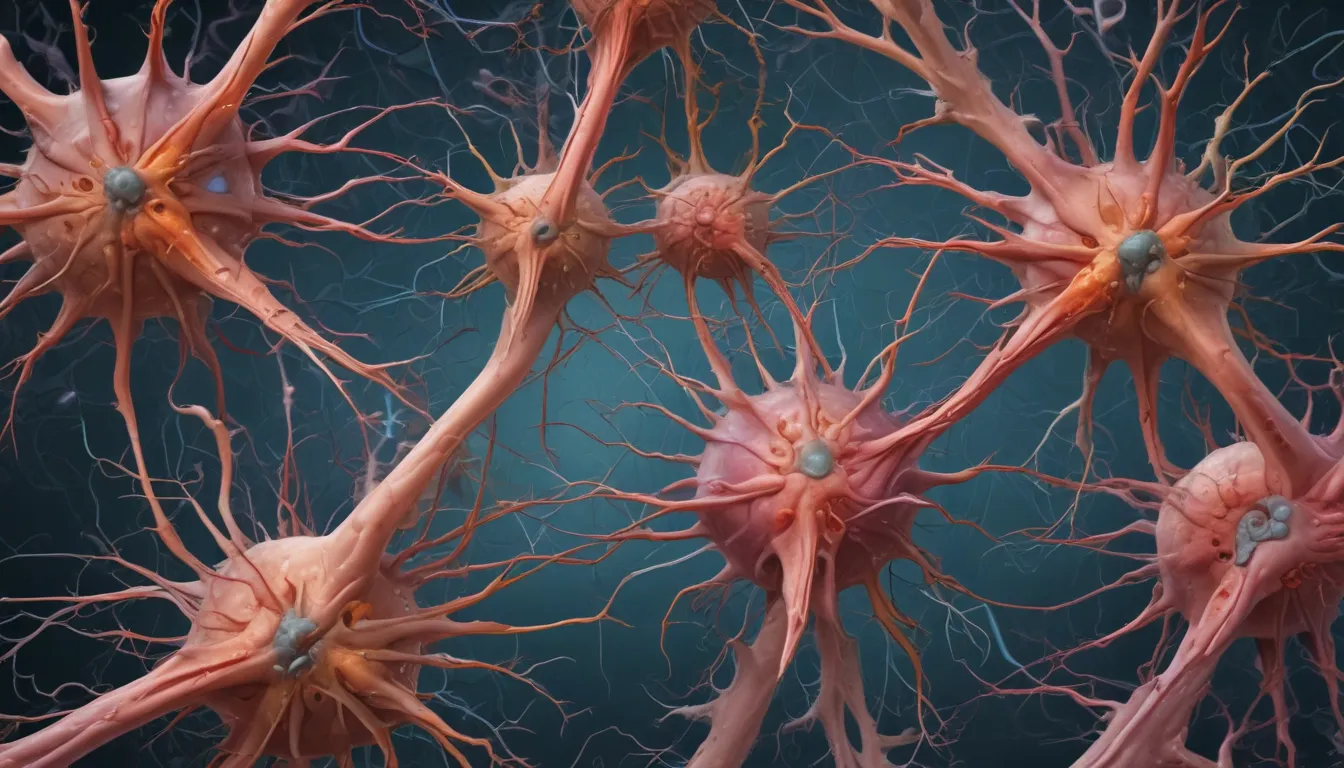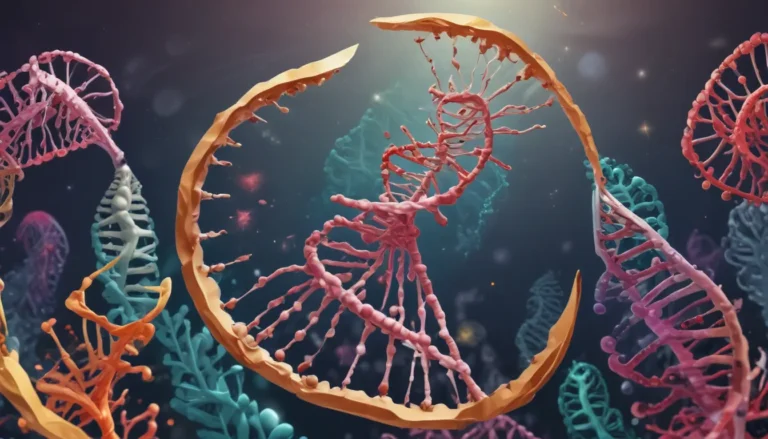A Note About Images: The images used in our articles are for illustration purposes only and may not exactly match the content. They are meant to engage readers, but the text should be relied upon for accurate information.
Synaptic plasticity, the ability of brain connections to change and strengthen over time, is a key player in our learning, memory, and adaptability. In this article, we will explore 14 intriguing facts about synaptic plasticity that shed light on this remarkable phenomenon. From the role of neurotransmitters to the impact of environmental factors, these facts will leave you in awe of the complexity of our brain.
The Marvel of Synaptic Plasticity
- Synaptic plasticity is like a superhero power for our brains: It helps us learn and remember, shaping our cognitive functioning.
- Influential factors: Synaptic plasticity can be influenced by exercise, sleep, stress, nutrition, and exposure to drugs.
- Treatments in the horizon: Understanding synaptic plasticity could lead to innovative treatments for brain-related conditions.
Unlocking the Secrets of Synaptic Plasticity
Synaptic plasticity allows our brains to adapt and learn, forming the basis of memory, learning, and brain development. It occurs through long-term potentiation (LTP), a process where communication between neurons enhances, strengthening synapses to transmit signals more efficiently.
The Role of Neurotransmitters
Neurotransmitters, the chemical messengers in our brain, play a vital role in modulating synaptic strength and regulating synaptic plasticity. They mediate the changes in synaptic connections that underpin our ability to learn and remember.
Structural vs. Functional Plasticity
- Structural plasticity: Involves physical changes in synapses like the growth of new connections or the elimination of existing ones.
- Functional plasticity: Focuses on changes in the strength of synaptic connections, which is crucial for memory formation and cognitive functioning.
Memory, Learning, and Synaptic Plasticity
Synaptic plasticity is crucial for memory formation, as it allows for the encoding and storage of information as we learn new things. Strengthening the connections between neurons is key to retaining knowledge and experiences.
Beyond Development: Adult Neuroplasticity
- Developmental impact: In brain development, synaptic plasticity shapes neural circuits.
- Adult function: In adulthood, synaptic plasticity enables learning, memory, and recovery from brain injuries.
Impairments in Neurological Disorders
Disruptions in synaptic plasticity are linked to neurodegenerative diseases like Alzheimer’s and Parkinson’s. Understanding and targeting these deficits could hold promise for therapeutic interventions in these conditions.
Enhancing Synaptic Plasticity
- Exercise: Regular physical activity can promote synaptic plasticity in the brain, improving memory, cognition, and overall brain health.
- Sleep: Quality sleep supports synaptic plasticity and memory consolidation, highlighting the importance of rest for optimal brain function.
Implications in Addiction
Changes in synaptic strength due to drug use contribute to addiction development. Understanding synaptic plasticity can aid in developing effective treatments for substance abuse disorders.
Electrical Stimulation Techniques
Electrical stimulation methods like transcranial magnetic stimulation (TMS) and deep brain stimulation (DBS) show promise in modulating synaptic plasticity. They may offer novel approaches to treating neurological and psychiatric disorders.
A Dynamic Process
Synaptic connections are constantly modified in response to activity and experience, enabling the brain to adapt to new environments and learn from fresh information. This dynamic nature of synaptic plasticity underscores the brain’s remarkable adaptability.
Therapeutic Potential
Research on synaptic plasticity offers valuable insights into brain disorders and potential treatments. By targeting synaptic plasticity, we may enhance neural repair and recovery, opening up new possibilities for therapeutic interventions.
Conclusion: Unveiling the Marvels of Synaptic Plasticity
Synaptic plasticity is a captivating concept that underpins our brain’s adaptability, learning, and memory processes. These 14 unbelievable facts shed light on the intricate workings of synaptic plasticity and its potential therapeutic implications in the field of neuroscience.
FAQs
- What is synaptic plasticity? Synaptic plasticity is the ability of brain connections to change their strength or efficiency.
- How does synaptic plasticity occur? Through processes like long-term potentiation (LTP) and long-term depression (LTD), involving changes in neurotransmitter release and synapse structure.
- What types of synaptic plasticity exist? Hebbian plasticity, homeostatic plasticity, metaplasticity, and structural plasticity play unique roles in shaping neuronal connections.
- How does synaptic plasticity impact learning and memory? By strengthening or weakening connections between neurons, essential for encoding and retrieving information.
- Can synaptic plasticity be enhanced? Yes, factors like environmental enrichment, exercise, and cognitive training can potentially boost synaptic plasticity and cognitive function.
In conclusion, the captivating world of synaptic plasticity offers a glimpse into the awe-inspiring adaptability and learning potential of our brains. Understanding this complex phenomenon opens doors to innovative treatments, improved learning strategies, and enhanced brain function, promising a brighter future for neuroscience and beyond.






